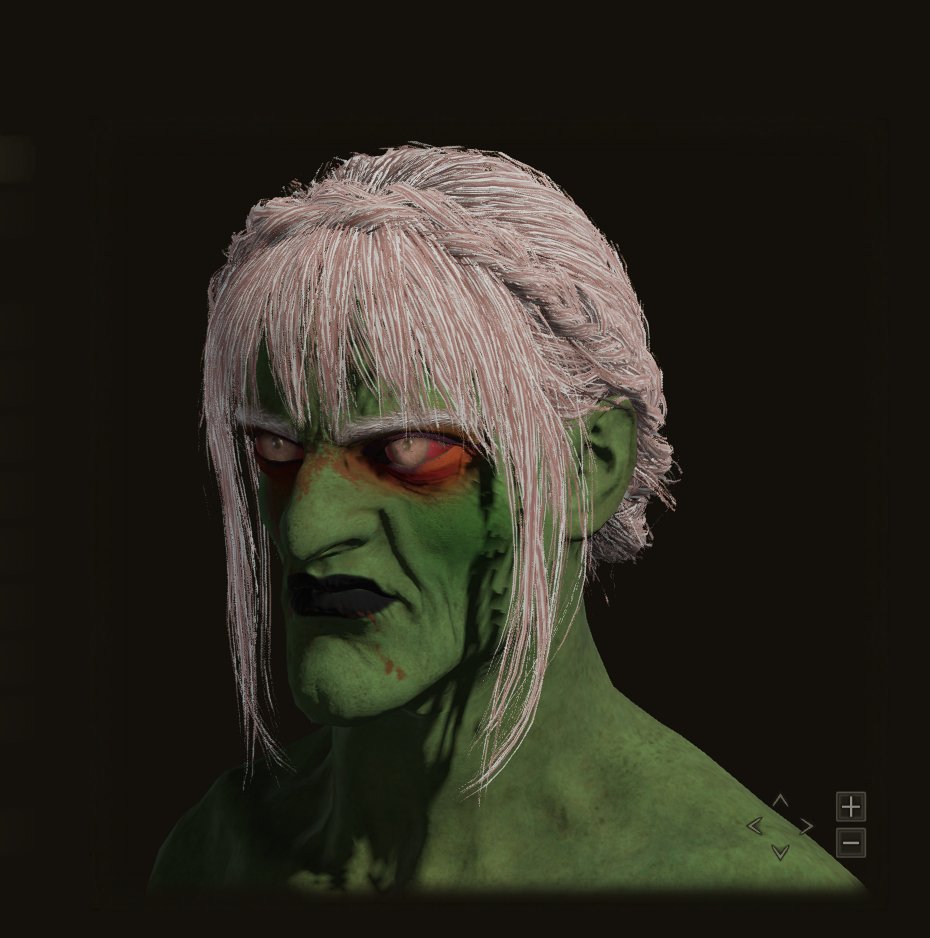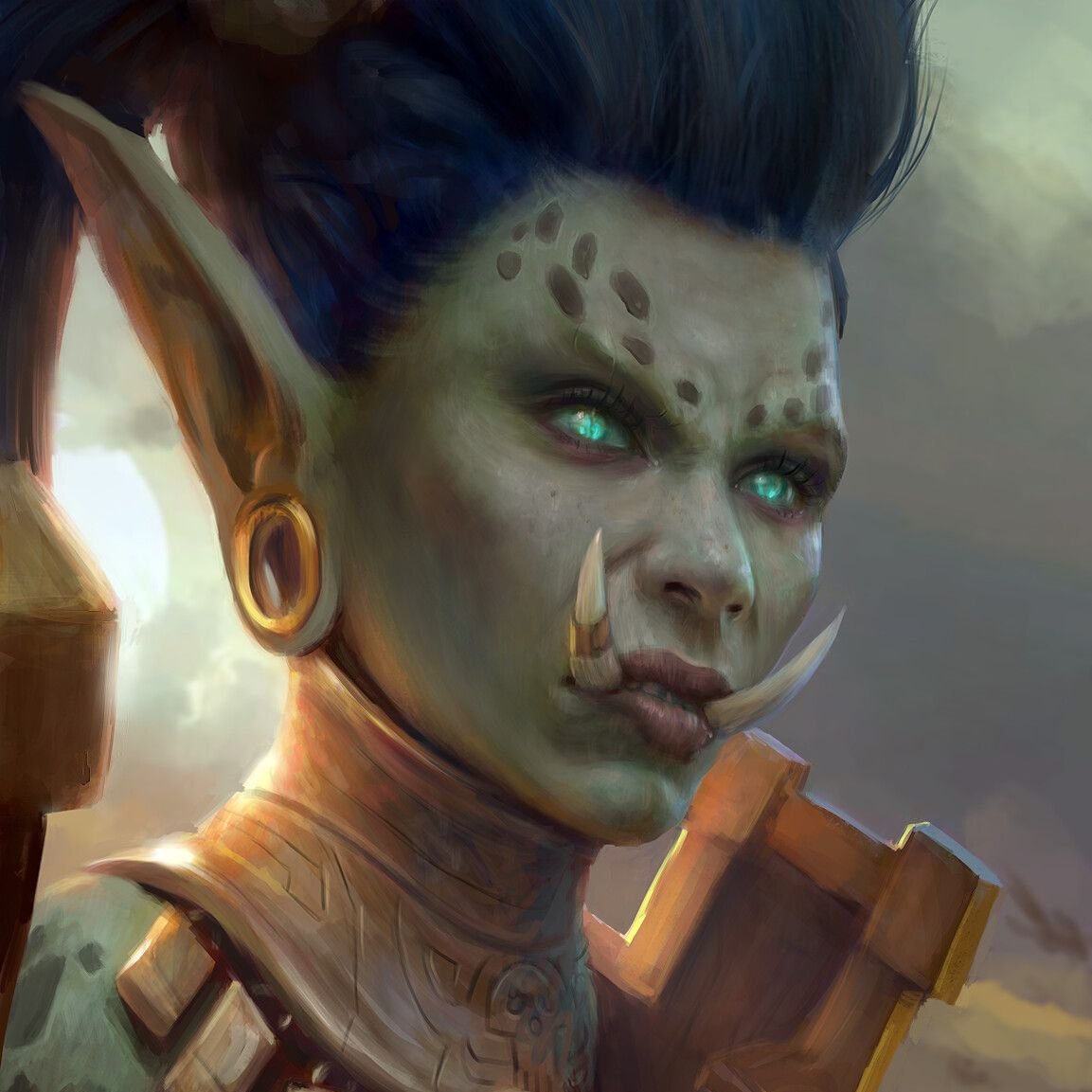All of these are character builds for the game #eldenring.
**Some Creative Changes Were Made to Work Under the Bounds of Elden Ring's Character Creator**
The 2cd image per post is the inspiration image.
**Some Creative Changes Were Made to Work Under the Bounds of Elden Ring's Character Creator**
The 2cd image per post is the inspiration image.
• • •
Missing some Tweet in this thread? You can try to
force a refresh





























































